Home
Knowledge hub
News & events
News
VMS milking robots make farming more family-focused and attractive for the next generation
Changes to the system have not been implemented to grow the herd, but instead consolidate the system and make it more efficient.
Introducing robots has given Martin Kelly more time to focus on his grazing system and has improved herd health without the need for additional labour.
Martin Kelly farms in partnership with his wife Derval and parents Donal and Gretta at Monaclarig Farm, near Cork. The farm’s 180 milkers were moved to DeLaval VMS robots in August 2024 having been previously milked in a 16-unit herringbone parlour.
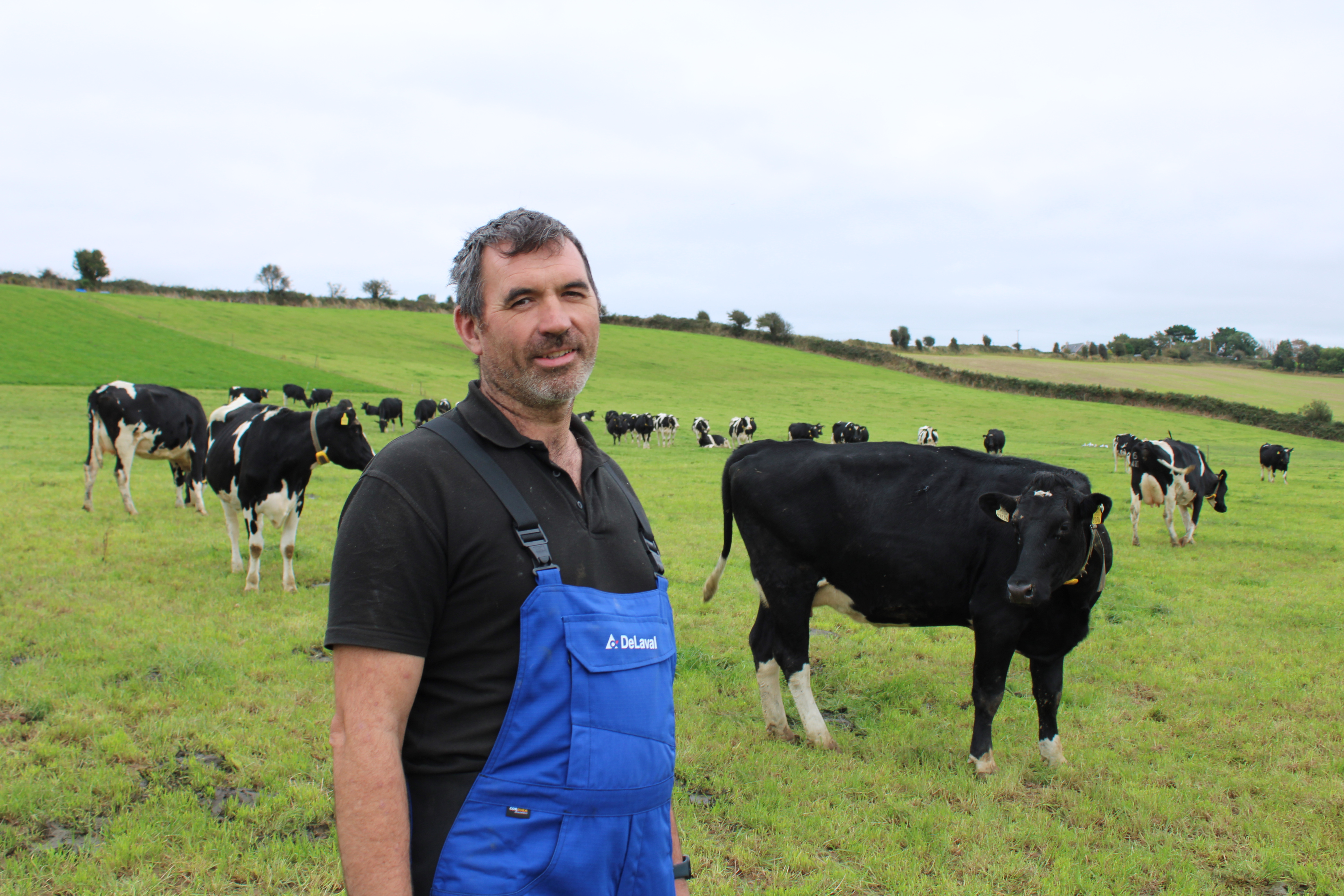
“We updated the parlour to include cluster flush and feed to yield technology during the 15 years we have had it. We also brought in collars for the herd to provide more data on cow health. We could milk the herd in around two hours but had problems finding reliable labour which meant too much of my time was spent in the parlour,” says Mr Kelly.
The farm stretches over 330 acres, giving Mr Kelly plenty of grazing land for the milkers, 40 followers and a beef herd. The robots have been incorporated into existing buildings which has reduce the overall cost of the switch and will also create more space when the old parlour is sold.
“I looked at a rotary parlour, but there would have been too much investment in new buildings. The robots have been positioned neatly in our existing housing and we have incorporated the gates that enable an A, B, C grazing system so the cows have free movement to graze and come in to be milked in their own time,” he adds.
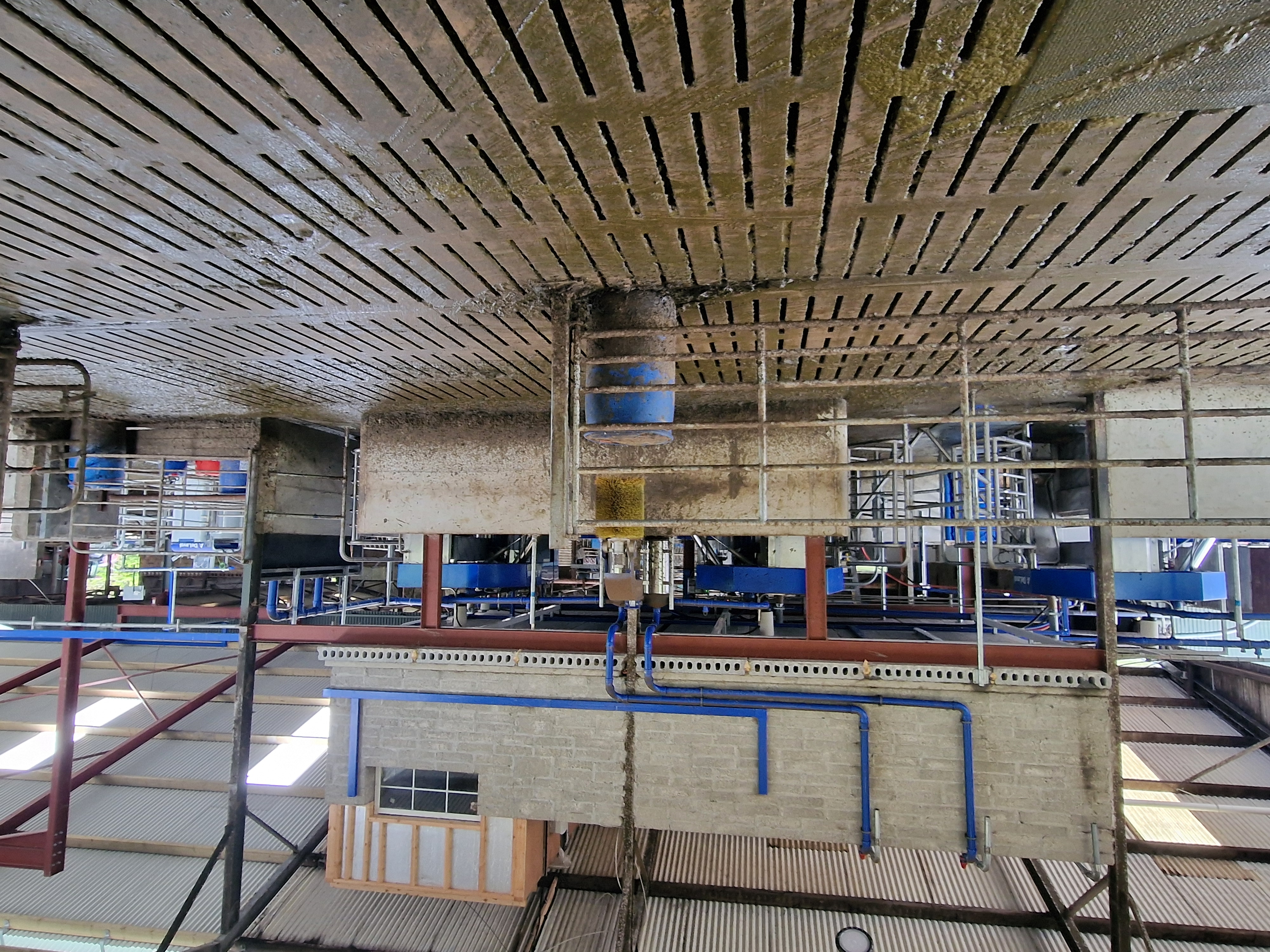
The A, B, C grazing system uses permission gates to move cows from the robots to grazing areas that are adjusted on a daily basis. Fencing is used to section off pastures and a series of tracks enables the herd to move to fresh pasture throughout the day.
“It takes a fraction of the time to adjust some fences to what I was spending milking in the parlour. I used to have to milk at 6 am. Now I can set the fences, and I still have time to take the children to school,” he says.
Labour concerns and five children led the family to consider robotic milking. However, beyond the practical time benefits, Mr Kelly has also seen improvements to cow health.
“Bringing cows in twice a day, at the same time, meant more standing and more stress. The cows are now able to come in when they want to be milked and that has improved foot health and reduced stress,” he explains.
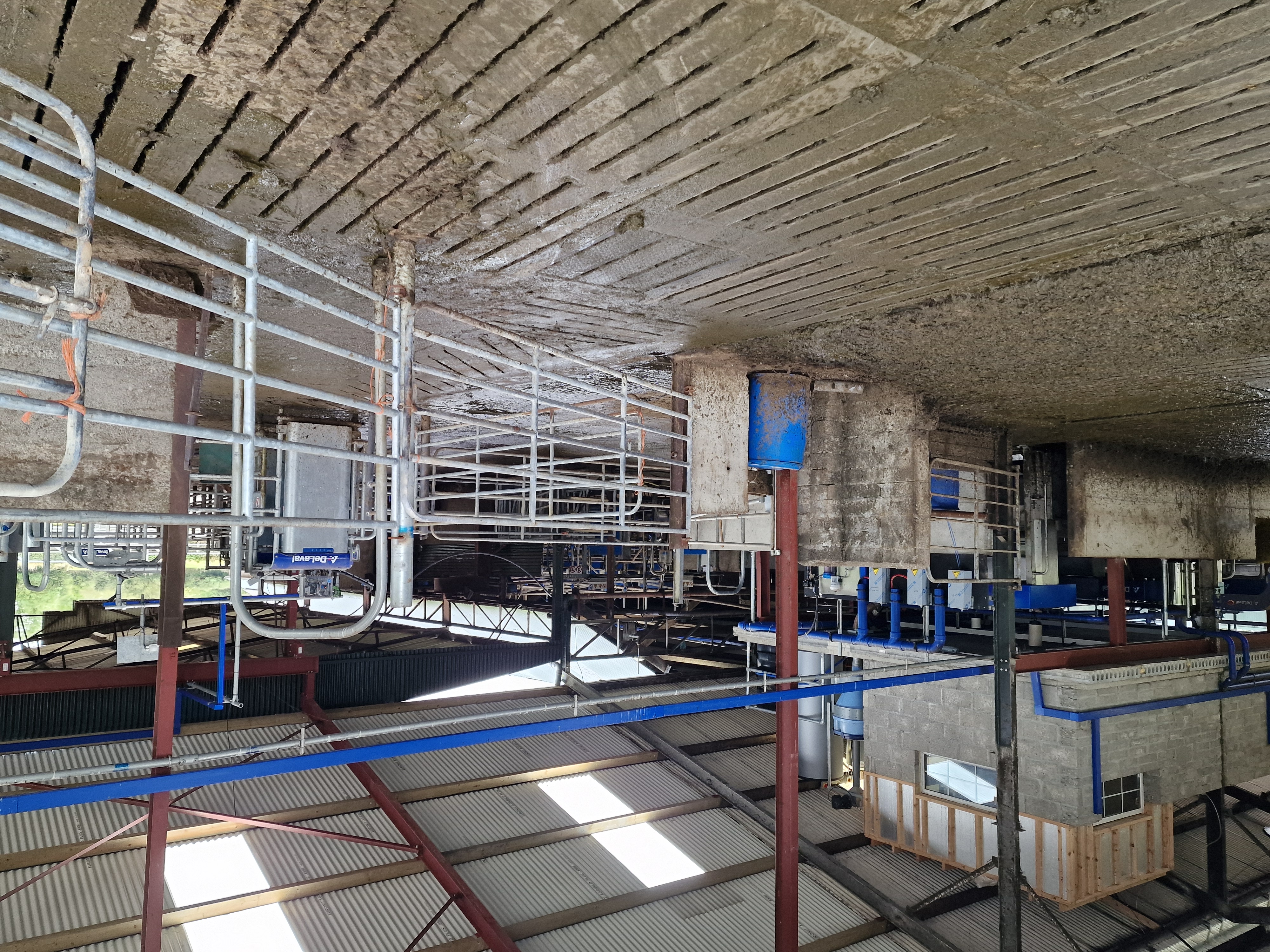
The farm has the benefit of free-draining land that provides good pasture for a longer than average period. This, and seeing the cows out in the field were motivating factors that have helped to keep overhead low and cow welfare high.
“We can have the cows out as early as January, and some years we have managed a full rotation by St Patrick’s Day. We have retained the feed to yield with the robots and the cows have adjusted well to the way the A, B, C system works,” he says.
The farm’s previous grazing pattern was not dissimilar to the A, B, C system. However, some adjustments have been made to reduce some paddocks, with the largest at around five acres. The difference is that by creating smaller grazing areas. and allowing the cows free movement, Mr Kelly has improved grass quality, reduced damage at gates where cows would wait to be collected and created a cow flow that is easy for the herd to follow.
“We chose to position the robots in front of the old parlour so cows that wanted to be milked had to go through the gates, and the robots, to get where they wanted to go. After just three months the herd has settled well and cow flow is where it needs to be,” he says.
There are fewer cases of lameness in the herd now that cows are milking individually, and Mr Kelly suggests that by not pushing the cows in to be milked as a herd, the rush and stress has been removed.
“I carry out all the hoof care myself and have seen improvements across the herd. We have historically had higher than average SCCs at around 190 and, in the spring, before the robots were installed, we had rising mastitis cases. The robots four quarter milking system has had an immediate impact on this, and mastitis cases have dropped significantly,” he says.
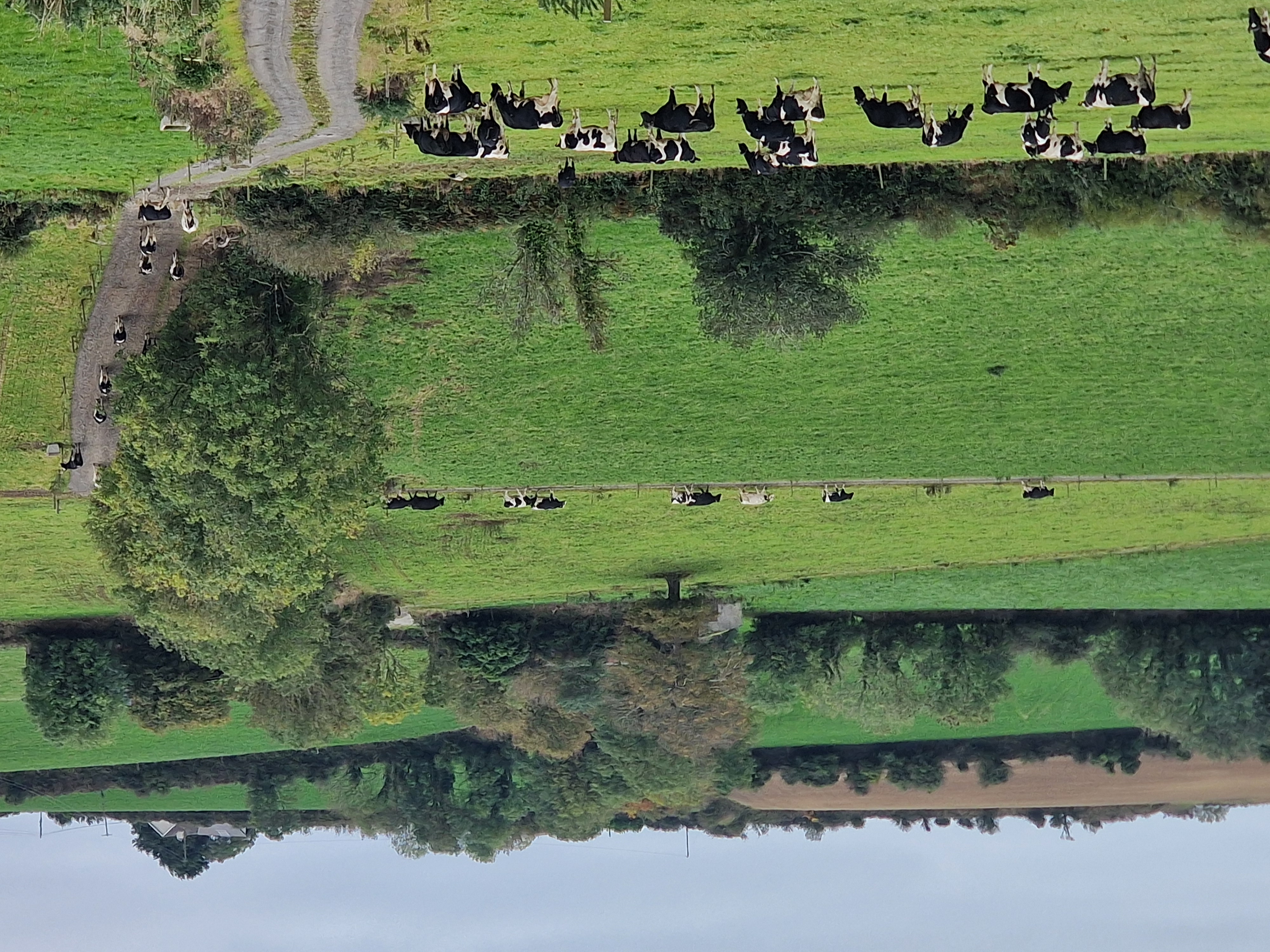
The DeLaval VMS robots operate four quarter milking which enables the vacuum level to adjust to each teat. This has been seen to improve udder health in other robotically milked herds and Mr Kelly is hoping that this, and more data about each cow, will help him to spot any issues faster.
“I have re-educated myself about how to use data. I like technology and have always incorporated it to help drive efficiencies. The big difference with the robots is that the DelPro system provides individual cow data based on the time spent at the robot. Using benchmarks like ‘box’ time and the four quarter milking statistics is helping to identify any issues far better than I could in the parlour,” he says.
The herd is calved in autumn and spring, and the herd saw an initial drop in yield when the robots were installed in August as the spring calved cows settled in. However, the autumn calvers have already reacted well and Mr Kelly suggests that milk yields are on the rise.
“The autumn calvers are flying and we expect this to push yields up as we move through our first year. It will take a year for the system to bed in, but, in the meantime, I am also finding ways to cut costs in other areas of the farm,” he adds.
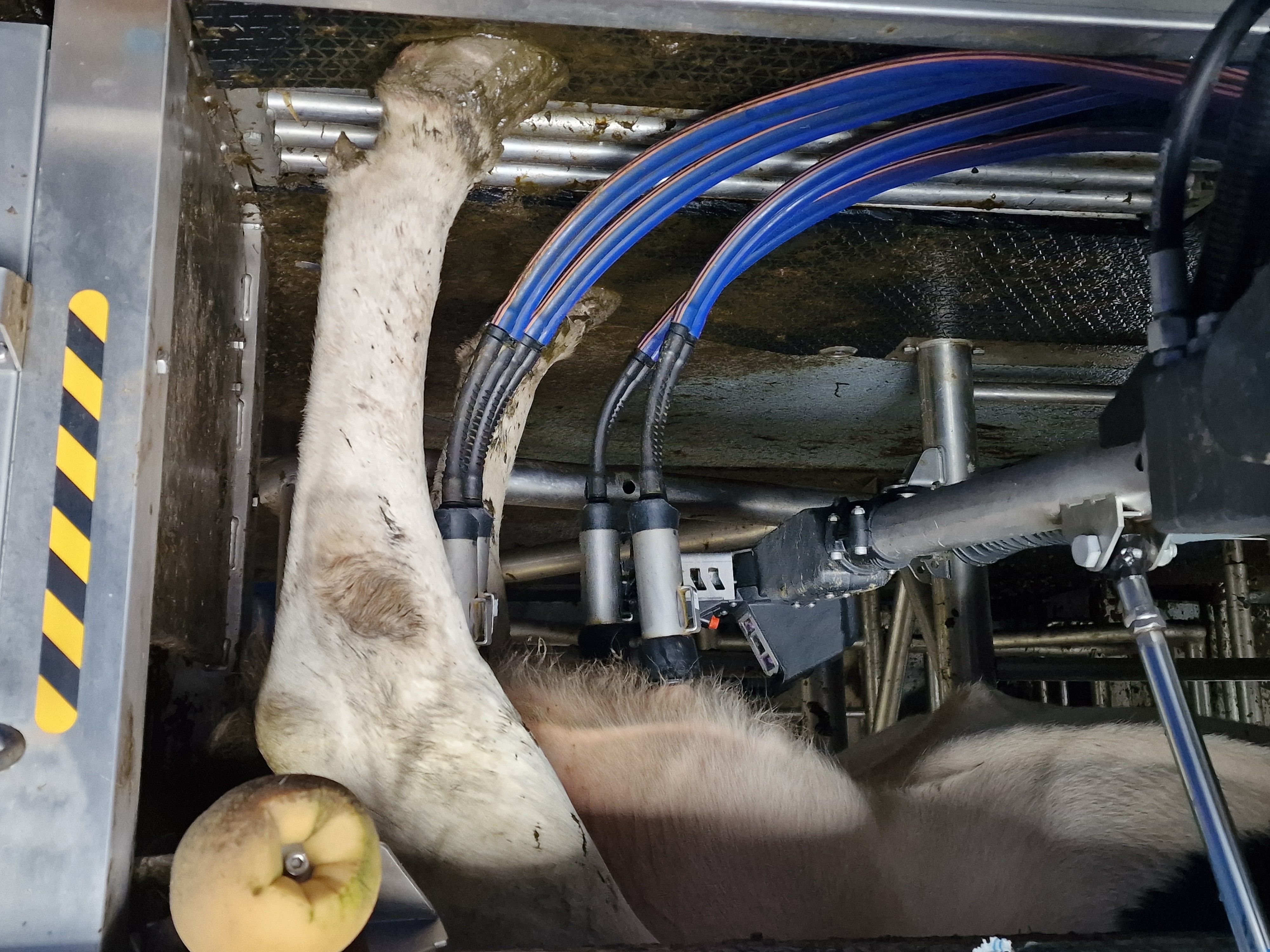
He has reduced contractor costs because he has more time to manage his grass leys. This includes applying slurry himself and covering the work of a member of staff who left the farm.
“Normally having a staff member leave would have left us short, but with the robots I still have more time than I had before, so I am saving on labour and also reducing our reliance on contractors, which will improve our grassland management,” he says.
The farm has a solar provision which provides enough energy to power the robots. This was another consideration when choosing robots because the farm has not had an increase in energy costs.
“The solar was a significant factor in choosing robots because it offsets one of the main costs of having robots working 24 hours a day. We could have continued with the parlour, it is in good condition after 15 years, but the labour-saving benefit made the robots a sound investment.”
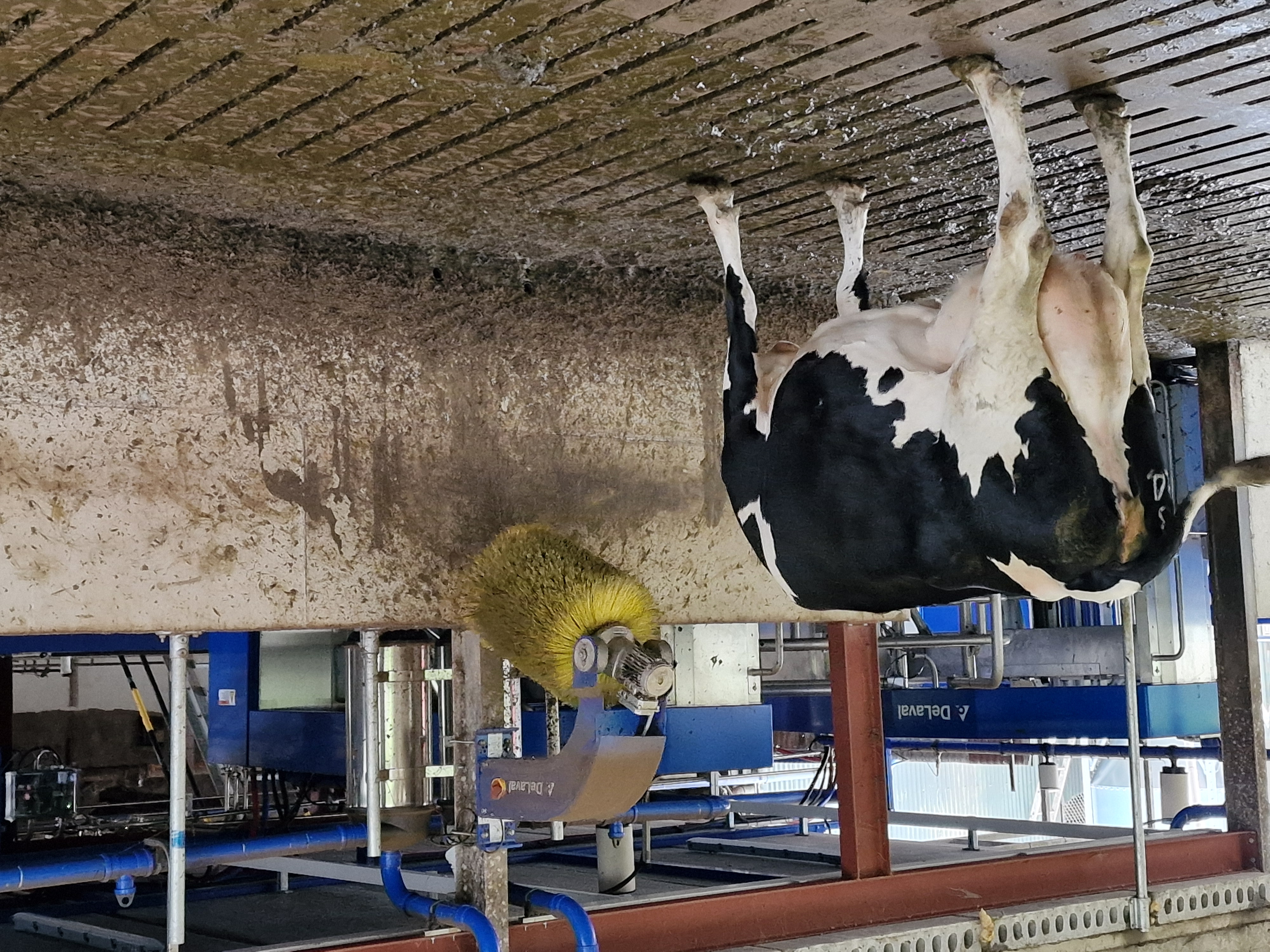
His family is still young, and he is unsure of how many of his children will want to continue farming. However, he sees the robots as an incentive to them should they want to.
“Right now, I have more time to spend with my children to demonstrate to them that dairying is not all about getting up early to milk cows. They can see the benefits the robots have brought to family life, and I hope this will encourage them to see dairying in a different light,” he concludes.
Farm Facts - Monaclarig Farm:
· 330 acres
· 180 in milk
· Autumn and spring calving
· 40 followers
· 7000 litres per cow per year
· 4.18% butterfat
· 3.57% protein
· 190 SCC
For more information on the DeLaval VMS™ V300 series of milking robots, click here.